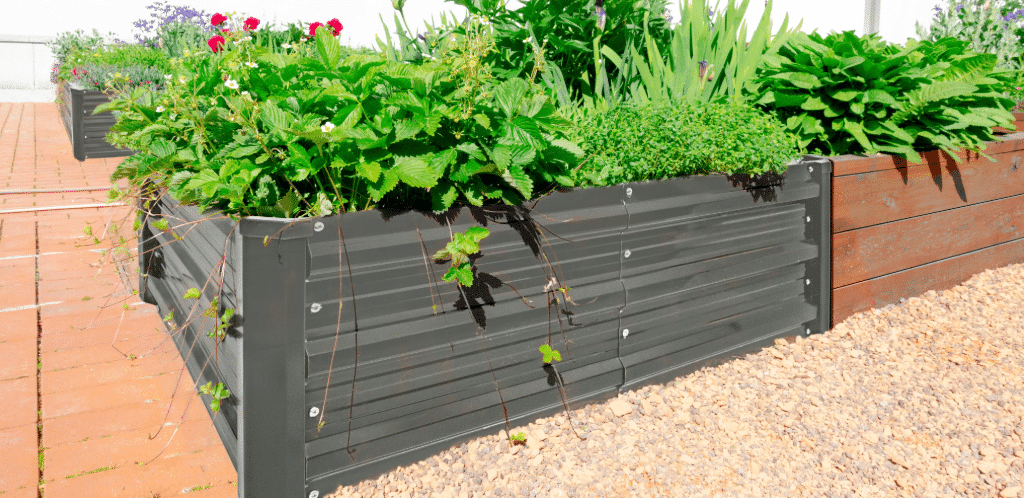Raised Garden Beds
Spruce up your garden with our raised garden beds – less weeding, more growing and a whole lot of fun!

Raised Garden Beds: The Smarter Way to Grow
Want to grow your own veggies, herbs or flowers at home without the hassle of digging up your backyard? Raised garden beds are the perfect solution, easy to install, beautiful to look at, and incredibly productive. Whether you’re a gardening novice or a seasoned pro, our raised garden beds help you garden smarter, not harder.
Why Choose a Raised Garden Bed?
Raised garden beds aren’t just a trend—they’re a game-changer. Here’s why:
- Better drainage = fewer soggy roots
- Improved soil control = healthier plants
- Higher yields in smaller spaces
- Less bending = back-friendly gardening
- Cleaner layout = more aesthetic appeal
What to Plant in Raised Beds?
Spring & Summer:
- Tomatoes
- Basil
- Cucumbers
- Zucchini
- Lettuce
Autumn & Winter:
- Broccoli
- Carrots
- Kale
- Spinach
- Garlic
Add companion flowers like marigolds to boost pollination and reduce pests!
How to Fill and Maintain Your Raised Bed
- Base layer: Cardboard or weed cloth
- Bulk layer: Straw or coarse compost (optional)
- Top layer (20–30cm): Rich mix of topsoil, compost, worm castings
Jack’s Soil Mix Suggestion:
- 60% organic topsoil
- 30% compost
- 10% perlite or sand for drainage
Water deeply 2–3 times a week in warmer months. Use drip irrigation or soaker hose to conserve water.
Raised Garden Bed FAQs
What size raised garden bed should I get?
Answer: That really depends on your garden goals and space. At Jack, we offer a wide range of shapes and sizes to suit every backyard—from compact beds for courtyards to larger setups for serious growers. The best approach is to measure your space and pick a size that gives your plants room to thrive while fitting your layout comfortably.
Explore our range:
- 2-Tier Raised Garden Bed
- Rectangular Raised Garden Bed
- Square Raised Garden Bed
- Raised Garden Bed – Round
- Raised Garden Bed – Curved End
- Raised Garden Bed – Squared End
- Self-Water Raised Planter
Can I place a raised garden bed on concrete?
Answer: Absolutely. Just ensure your bed has good drainage and use a liner or base layer like weed mat or gravel to protect the surface below. Our timber kits work beautifully on patios, decks, and concrete pads.
For guidance on adding barriers and edging, refer to our article: How to add a barrier and edge to your garden bed.
Do I need to line my raised bed?
Answer: Yes—lining helps prevent weeds and pests while improving water retention. We recommend weed barrier fabric or mesh. For extra protection, especially if placing your bed on soil or lawn, consider a layer of hardware cloth to keep out burrowing critters.
How deep should my raised garden bed be?
Answer: For most plants, 30cm to 45cm is sufficient. Leafy greens and herbs thrive in shallower beds, while root crops like carrots and potatoes benefit from at least 45cm of depth. If you’re after easier access and less bending, taller beds around 60cm or more are ideal.
What’s the best soil mix?
Answer: A rich, well-draining blend works best. We recommend mixing:
- 60% organic topsoil
- 30% compost
- 10% perlite or coarse sand
This combination gives your plants nutrients, structure, and airflow — perfect for strong root growth and healthy harvests.





